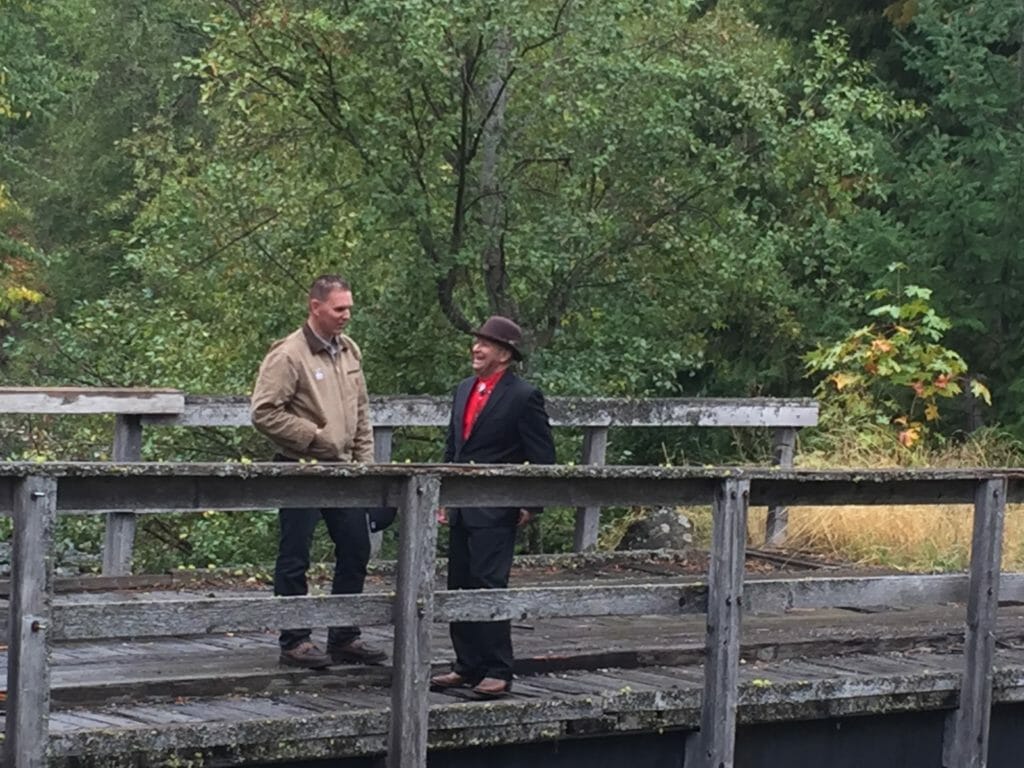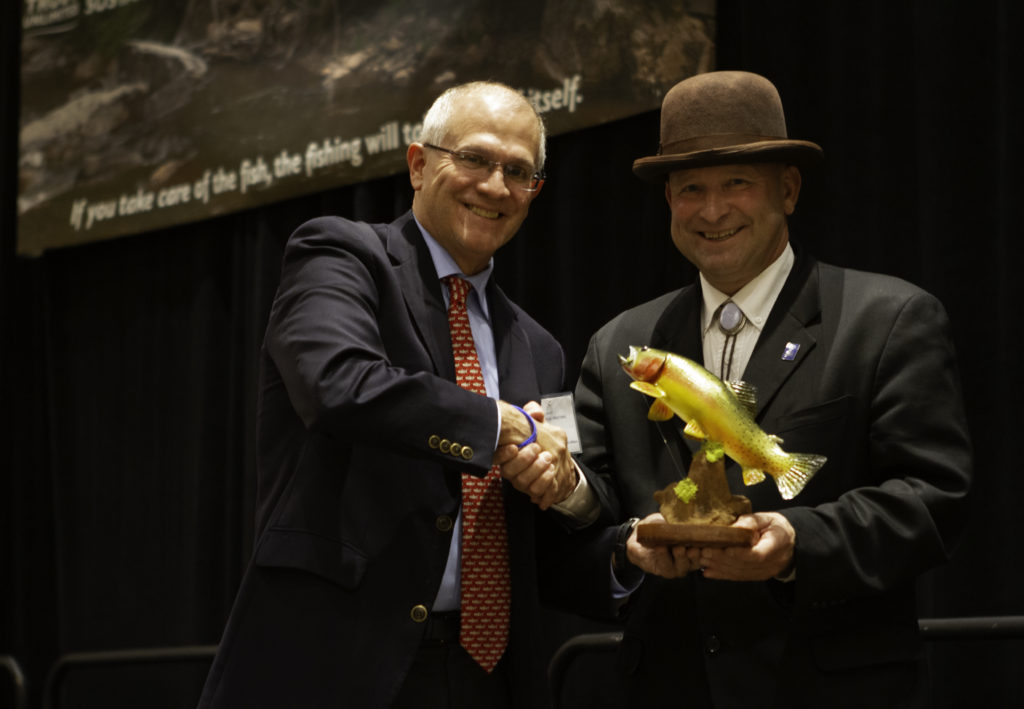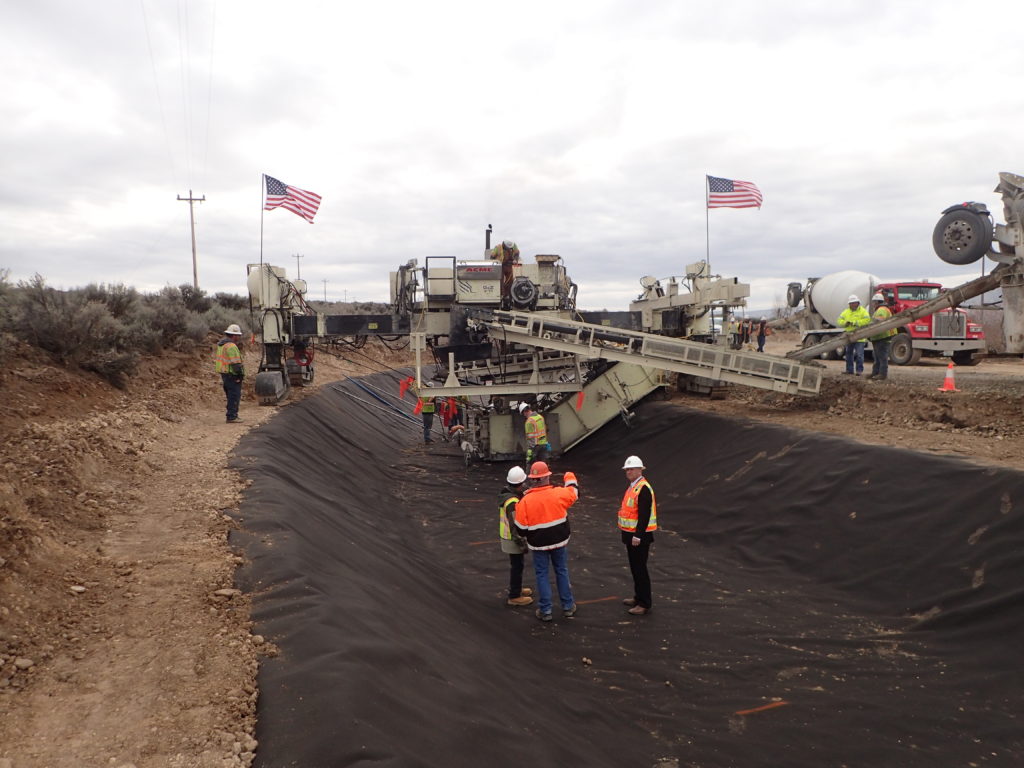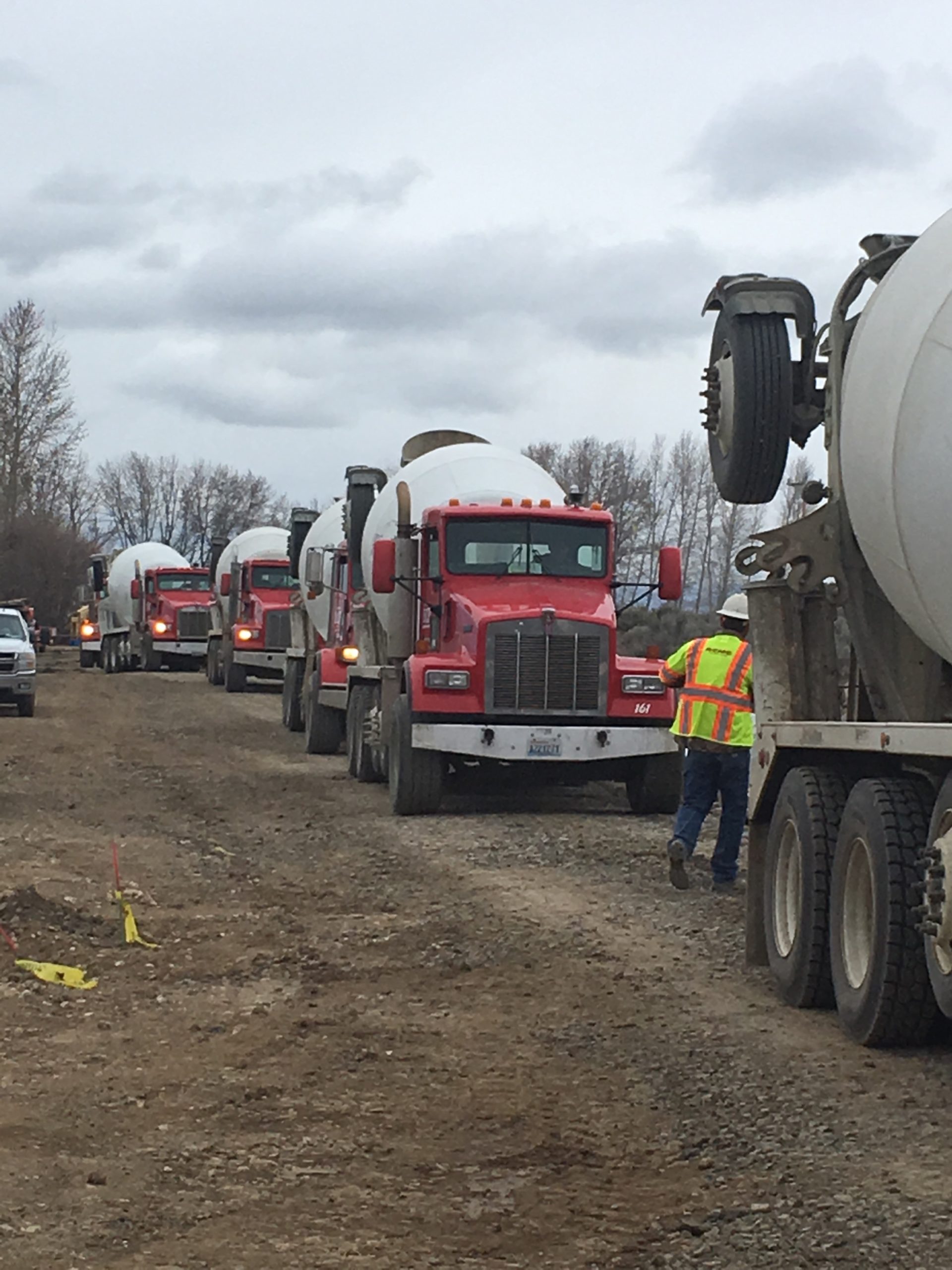By Justin Bezold
In much of the arid western United States the scarcity of resources, especially water, creates a competition that often pits would-be-friends against each other.
In central Washington’s Yakima Basin that narrative is changing as Trout Unlimited’s Yakima team and the Kittitas Reclamation District’s (KRD) secretary-manager, Urban Eberhart, work with other Yakima Basin Integrated Plan partners through a collaborative process to help threatened fish, provide local jobs, and boost this rural county’s economy.

This spring and summer, as legislators in Washington, D.C., consider infrastructure investments to stimulate the economy amid the coronavirus pandemic, Congress can look to partnerships like that of KRD and TU as evidence of the significant value conservation work brings to communities.
Trout Unlimited focuses on repairing watersheds for fish while also providing long-term economic and community benefits. Most project funding goes to local or regional businesses winning competitive bids to buy materials and provide labor for design, permitting, and construction for these rural irrigation-infrastructure projects. The result is often an immediate boost to the local economy.
Two years ago on April 12, 2018, KRD contractors (from Ellensburg, Washington) delivered and placed 70 cement truck loads of concrete in the North Branch Canal lining project. Those 70 cement truck loads only covered about 1,700 of the nearly 10,000-foot canal section, meaning there were many more trucks and days of work to complete the project.
With more than 300 miles of canals, ditches, and pipes, KRD delivers water to over 59,000 acres around Ellensburg, Washington — home to some of the best Honeycrisp and Cosmic Crisp apple orchards and timothy hay fields anywhere. This water infrastructure system provides more than water; the system provides a way of life and, now, a way to keep streams alive.
Lining canals before setting concrete prevents seepage along the delivery route and get more water to the intended destination. That means more water in the system and the streams and rivers in the area.
Urban was recognized for his efforts at Trout Unlimited’s annual meeting in Arkansas last year and was presented the Conservation Professional of the year award. He isn’t done yet. Urban has more plans for improving his irrigation district.

KRD’s conveyance system crosses Yakima River tributaries that provide critical habitat for salmon, steelhead, and trout. These tributaries, however, need additional water after more than a century of degradation plus ongoing water withdraws. The KRD conveyance system presents an amazing opportunity to help streams while improving water delivery for agriculture.
But how does an irrigation district help streams? Simply put, the streams become a new type of customer for a district. In 2015, KRD began water deliveries to streams in the middle of drought. This water was the lifeline for the streams, and in some instances, was likely the first-time water flowed all summer in over a century. Infrastructure upgrades like the canal lining can conserve more water for KRD to deliver to water-short streams for imperiled salmon and steelhead. KRD has plans for water delivery infrastructure upgrades to quickly put $10.14 million to the ground in projects.

KRD’s plans can sustain construction through 2021 and into 2022, with work beginning when it is safe to do so without unnecessarily exposing people to the corona virus. This would provide the equivalent of 36.8 new, full-time jobs in the region, providing essential economic activity.
The Kittitas Reclamation District’s big plans for water conservation efforts started before the North Branch canal lining project in 2018. Collaboration is key in big projects, particularly when it comes to funding. Partners in the conservation efforts include: the U.S. Bureau of Reclamation’s WaterSmart program; and Yakima River Basin Water Enhancement Project; Washington Department of Ecology’s Water Resources Program; Yakima Basin Integrated Plan through the Office of Columbia River; the National Fish and Wildlife Foundation’s Columbia Basin Water Transactions Program with money from Altria and the Bonneville Power Administration; and the Washington Recreation and Conservation Office – money from the Salmon Recovery Fund Board (Pacific salmon recovery dollars).
Completed conservation projects strengthen the regional economy on the whole. These projects: create certainty in water supplies benefiting the agricultural economy; make canal capacity available for water to be placed into streams for imperiled salmon and steelhead, improving ESA delisting opportunities; help fulfill tribal rights; and, help the recreational economy. This illustrates the economic multiplier effect of well-designed, multi-benefit projects like these in Washington’s Yakima River basin that should be among the highest priorities for stimulus funding.
Justin Bezold is a Project Manager for Trout Unlimited’s Washington Water Project. He is based in the Yakima Basin.



